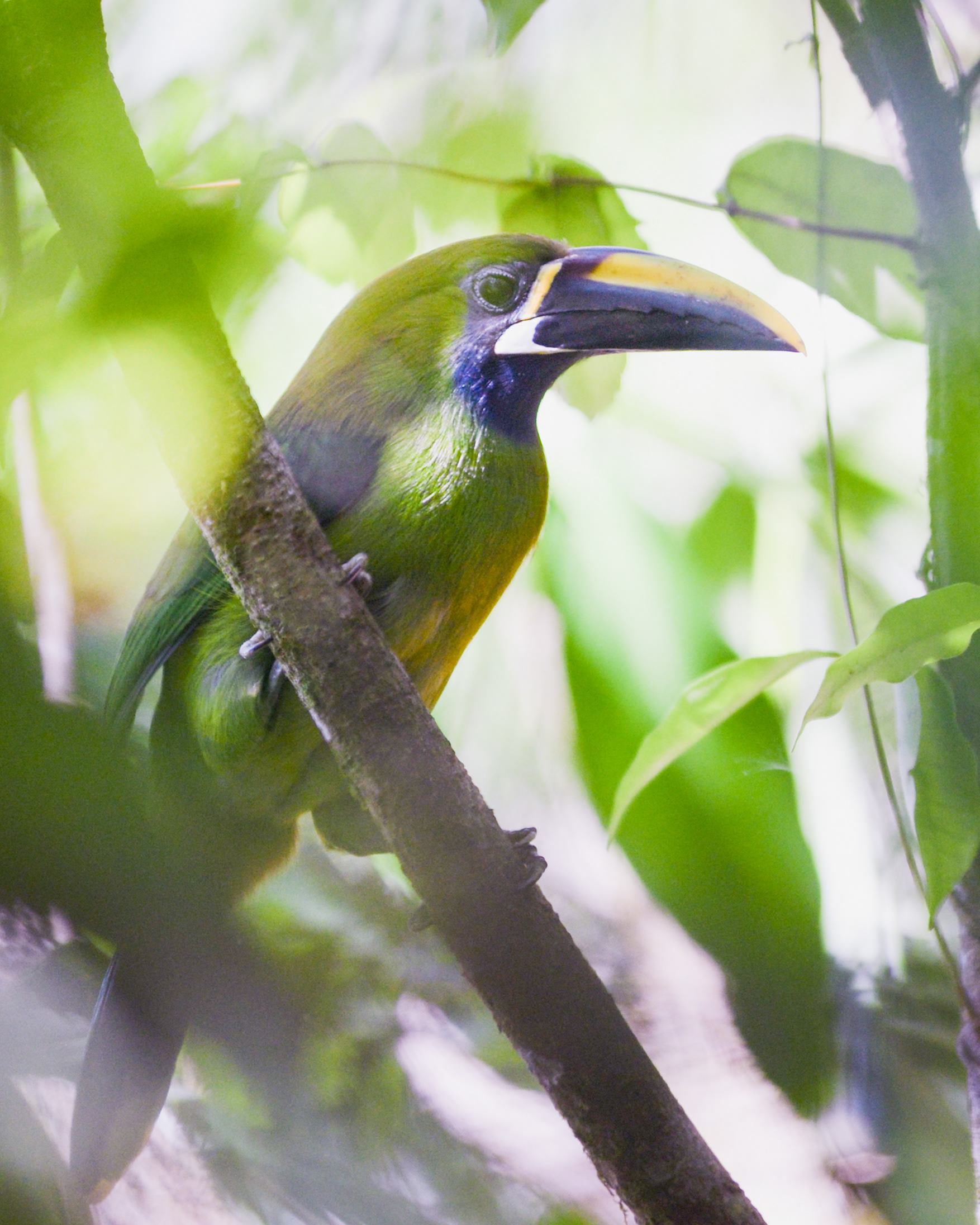Project Overview
AmistOsa Ag is working to protect biodiversity in southern Costa Rica by researching how farmers can benefit economically from wildlife-friendly practices. Many wildlife species in the Talamanca-Osa region (see study area below) are threatened by habitat fragmentation from agriculture and by a changing climate. These threats limit their ability to move throughout the region outside of its three protected parks.
There are two corridors, including the recently established Amistosa Biological Corridor, linking La Amistad International Peace Park, Piedras Blancas National Park and Corcovado National Park. To reinforce connectivity in the Talamanca-Osa region, we are working with the Costa Rica-based non-profit, Osa Conservation, to complete the following objectives.
Objective 1: Evaluate the potential of eco-certifications to produce a net economic benefit to farmers in the Talamanca-Osa Region.
Wildlife-friendly agricultural practices can decrease resistance to wildlife movement and support connectivity in the Talamanca-Osa region. However, these practices are often costly to implement. In principle, eco-certifications can lower this barrier by allowing farmers to generate economic benefits such as through price premiums and increased market access. We aim to provide local farmers with information on the economic benefits eco-certifications can provide for implementing wildlife-friendly practices.
We will research the financial costs and benefits for several eco-certifications on the most important crops to the region. In addition to our analysis, we will create an informational handout with a summary of the findings for Osa Conservation to distribute to farmers in the Talamanca-Osa region.

Geoffroy's Spider Monkey (Ateles geoffroyi) | Cameryn Brock

Emerald Toucanet (Aulacorhynchus prasinus) | Cameryn Brock
Objective 2: Support Osa Conservation and local farmers in decision-making by projecting shifts in crop suitability distributions considering the anticipated impacts of climate change.
As climate change intensifies, suitable ranges of important staple crops in the Talamanca-Osa region may shift. These shifts could make it difficult for farms to support their current practices, thereby encouraging land use change. It is important for farmers to understand how suitability ranges for crops may change so they can make informed decisions and work to avoid losses.
Our goal is to provide a spatial analysis that will project suitability for staple crops given the anticipated impacts of climate change for the years 2050 and 2070. Farmers can use this information to make informed decisions in their current management practices and future planning. Osa Conservation believes much is to be gained from working directly with landowners to develop economically viable strategies which support wildlife-friendly agriculture and climate resilience. Ultimately, this project will contribute to Osa Conservation’s aim to conserve Costa Rica’s outstanding biodiversity while enhancing the community’s economic opportunities.